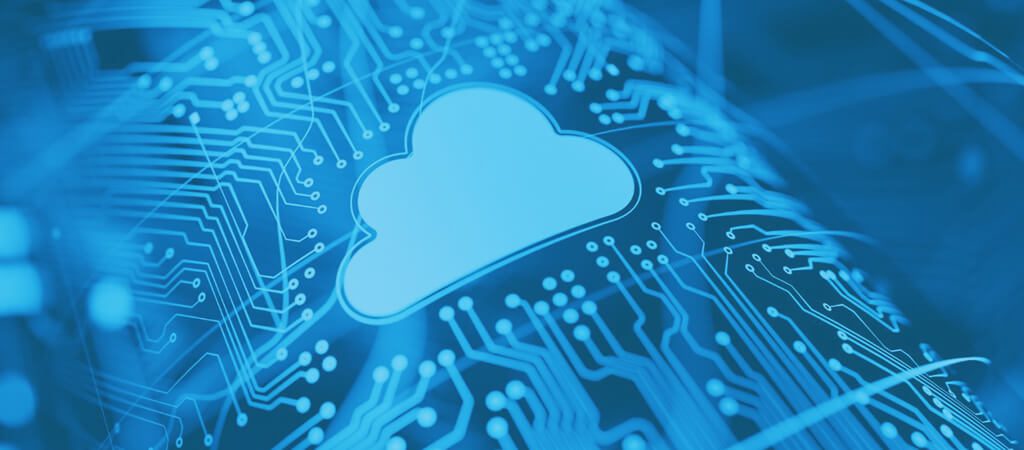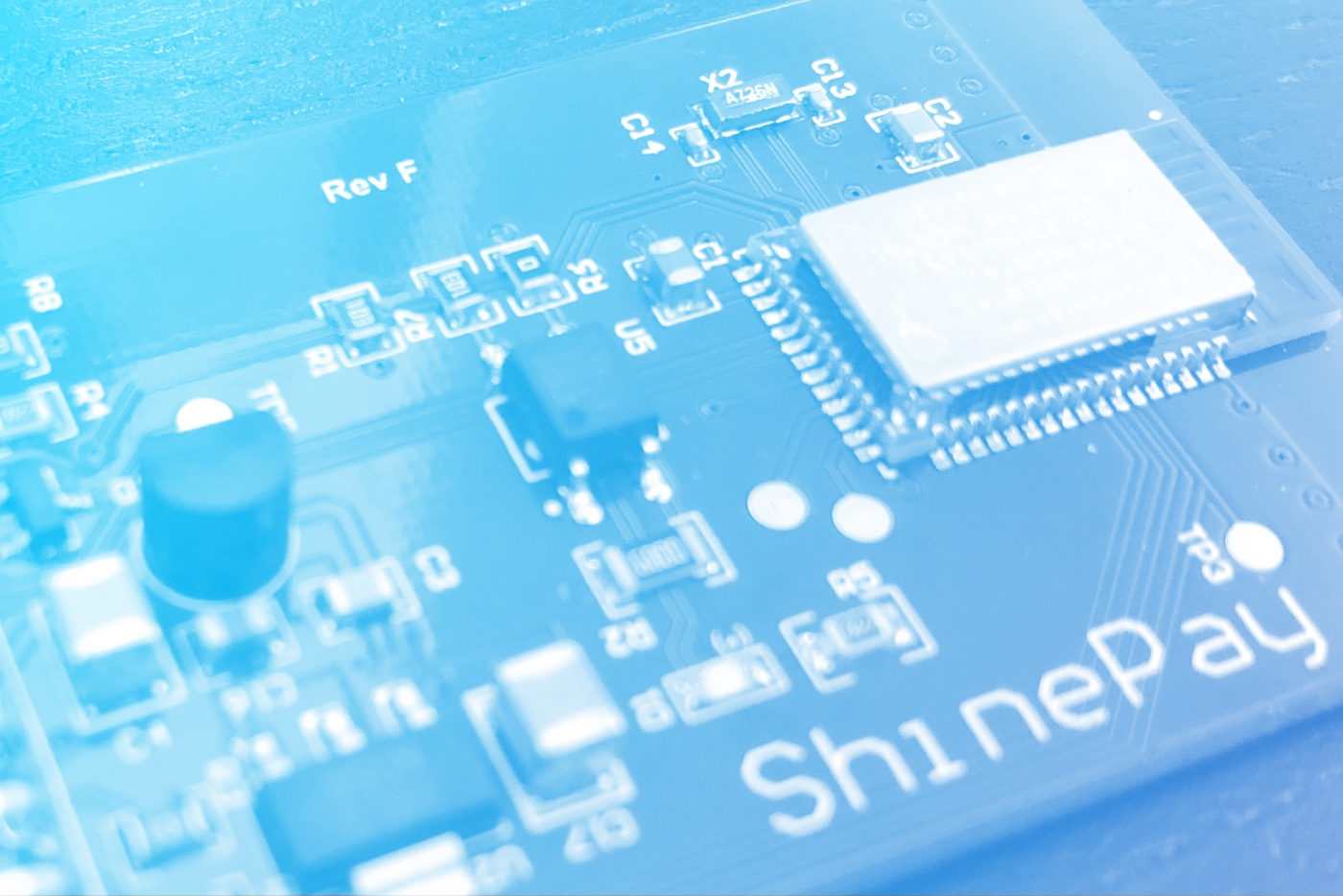As paradigm-busting concepts go, the Internet of Things (IoT) is right up there with the invention of quantum computing and, quite possibly, Ben and Jerry’s Chunky Monkey too. The IoT combines existing technological components like cloud computing, embedded sensors, and machine to machine (M2M) communications, adds the magic dust of instant connection and the ability to interpret and act on data in real-time using your smartphone as an interface. The result is a life-transforming digital near-future which promises to be awesome.
It all started in the late ’80’s when two electronics enthusiasts connected a Sunbeam Deluxe Automatic Radiant Control Toaster to the Internet. Granted, using an iPhone X to instruct the toaster in your Des Moines townhouse to serve you up a lightly browned bagel, while you’re on holiday in Florida, apart from being pointless, hardly ranks alongside the invention of the wheel. But that simple net-enabled toaster provided a powerful proof of concept for the IoT, one that leads straight to the smart cities of our very near future.
Yet, regardless of how the IoT might change our lives a few years from now, it’s power is available to us right now and much of it is highly relevant to multi-family property managers.
The IoT and multi-family property management
Through the smartphone in your pocket, you can control all kinds of business-related devices: lights, pool pumps, pool heaters or HVAC Systems, to name but a few. Many other devices may be similarly connected and used for monitoring, from Fit-bits and Pedometers to doorbells and smoke detectors.

This real-time super-fast connectivity offers greater visibility, whatever the scale of your operation. And of course greater visibility equals more effective decision making which ultimately saves you money.
Operational opportunities to maximize profit
Our salespeople will always look for new markets and customers. That’s the nature of business. But the high level of control over our connected devices which the IoT gives us helps us to squeeze every last dime out of the business we already have. Let’s take one simple example: Simply by moving a laundry business from a coin collection model to a mobile laundry payment system, can cut your operating costs by thousands of dollars — dollars currently lost hauling quarters around in bags, fuelling gas-guzzling vehicles with their expensive maintenance, repair and insurance costs, costs which constantly erode your bottom line.

Efficient access
We already have systems that work similarly to IoT — video monitoring systems for example — and have been around for decades. But with the IoT, you don’t have to make a trip to the office to see what your cameras have captured. We often have huge amounts of data. It’s just that we cannot easily access it, because doing so takes more time that we can afford. The huge advantage of IoT lies in its ability to gather, analyze and make available in the palm of the hand, enormous volumes of digital data from existing equipment, from anywhere in the world.

Can I make more money with IoT?

Yes, you can. Studies show that Millennials and Generation Y would willingly pay more for a smart apartment.
To Infinity and Beyond!
Much has happened in the intervening 30 years since the creation of the humble smart toaster that kicked off the Internet of Things. Already we have hundreds of examples of the practical value to be derived from M2M connections operating in the cloud. Already, millions of us have smart wristbands, energy meters, and cars that park themselves.

Yet this merely scratches the surface of what is to come. Soon smart concrete will automatically give us early warning of catastrophic collapse. Temperature sensors embedded in roads will alert drivers to slow down when ice poses a danger up ahead. These are but two examples of the transformatory power which the IoT promises to bring within our lifetimes.
— George Melcer, CEO Shinepay
